ruslanita/Adobe Stock
Indigenous peoples represent thousands of distinct groups who live in dozens of countries around the world. Each group has its own unique history, language, traditions, and identity. Explore these articles in Britannica School that provide students with the rich history of Indigenous peoples around the world.
Information sourced from Britannica School. Not a subscriber? Contact us to learn more.
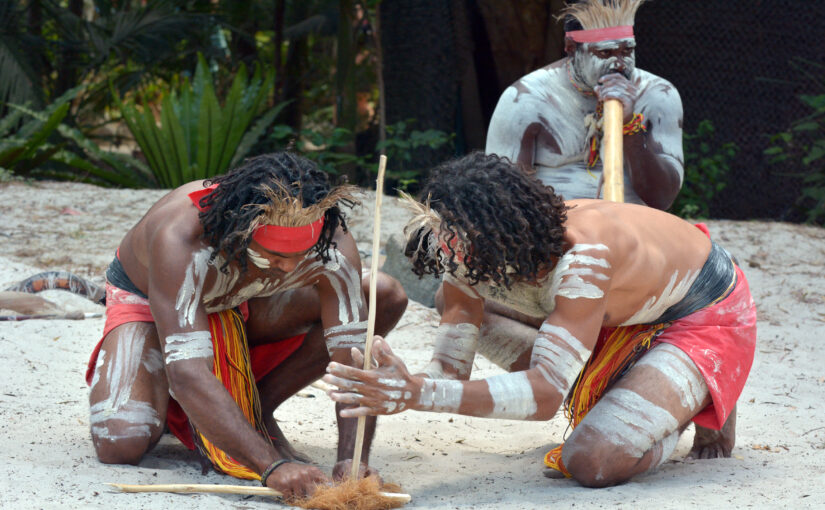


The first great civilization in Middle America was that of the Olmec. San Lorenzo, the oldest known Olmec center, dates to about 1150 BC. The site is remarkable for its extraordinary stone monuments, especially its massive sculptures of human heads.
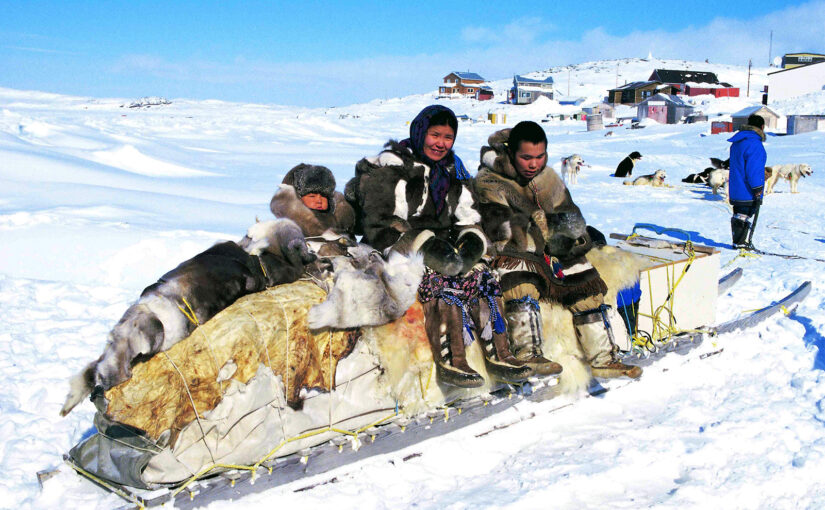
The northernmost lands of North America make up the Arctic culture area. This region lies near and above the Arctic Circle and includes parts of present-day Alaska and Canada. The Indigenous peoples of the American Arctic include the Inuit and the Aleut (Unangas or Sugpiat).
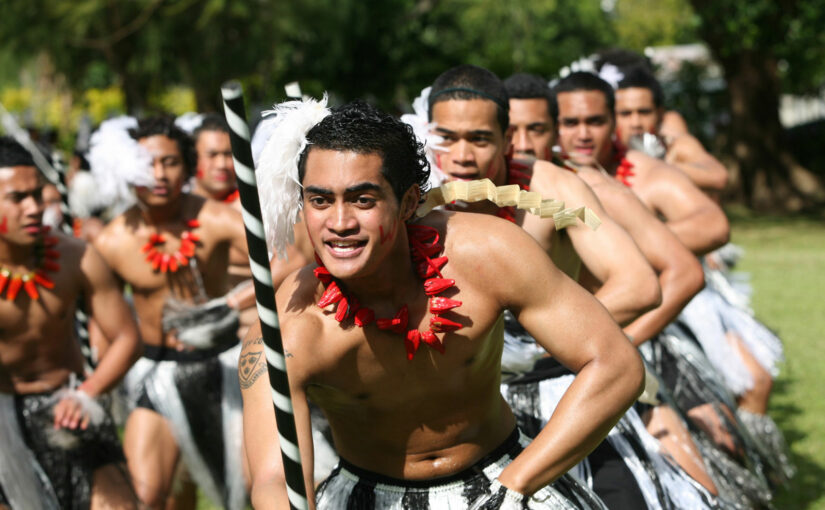
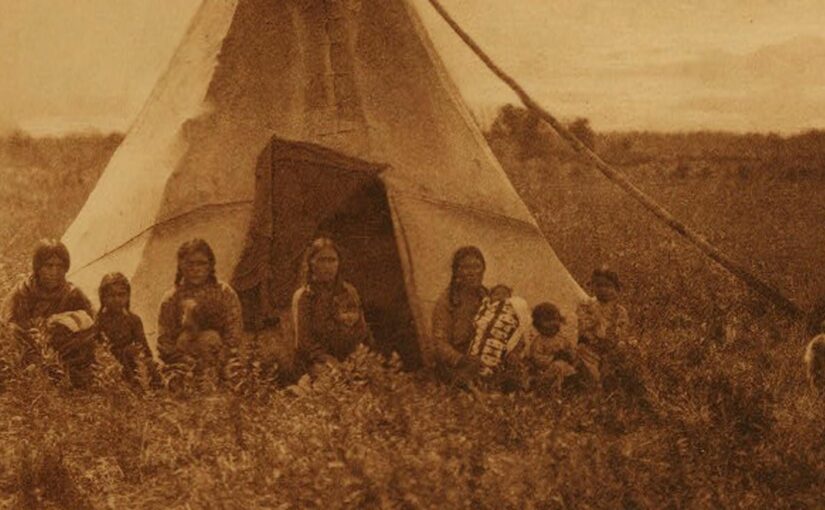
© Rafael Ben Ari/Dreamstime.com; The Dawn of the World by C. Hart Merriam, 1910; Photodisc World Landmarks and Travel V60. Rosen: Latin America – History (2016).; Ansgar Walk; Tourism Tonga; Library of Congress, Washington, D.C.
Explore biographies, articles, and media on Indigenous peoples of North and South America. They include groups collectively known as Native Americans, First Nations, and Native peoples, among others.
Information sourced from Britannica School. Not a subscriber? Contact us to learn more.
NativeStock/ImageQuest
Take advantage of Britannica School’s curated resource collections featuring a wide range of articles, videos, images, and more.
Information sourced from Britannica School. Not a subscriber? Contact us to learn more.
Native American art reflected the social organization or values of the people who produced it. Discover the functional roots and modern iterations of art created by Native Americans.
Integrate images from Britannica ImageQuest into your lessons to encourage meaningful connections, to help students learn more about Native American culture, and to better understand the impact of Native people in history to:
This Expedition: Learn lesson introduces students to the ideas that Indigenous people identify themselves in different ways and that studying a group’s culture is one way to find out more about the group. Through video, images, and text, students learn about some of the Indigenous groups around the world today, with a focus on American Indians and their culture.
Talk with a representative to request a quote or learn more about Britannica School.
At Britannica Education, our purpose is to empower educators to create engaging and meaningful learning experiences that ignite curiosity. We believe every student has the ability to learn and grow. We are committed to supporting educators in their efforts to help learners reach their full potential. Read more ▸
View the available lessons for elementary and middle school science and social studies
Choose between 4 reading levels to meet the needs of every learner
Each Expedition: Learn! Lesson begins with a video to spark students’ interest in the topic
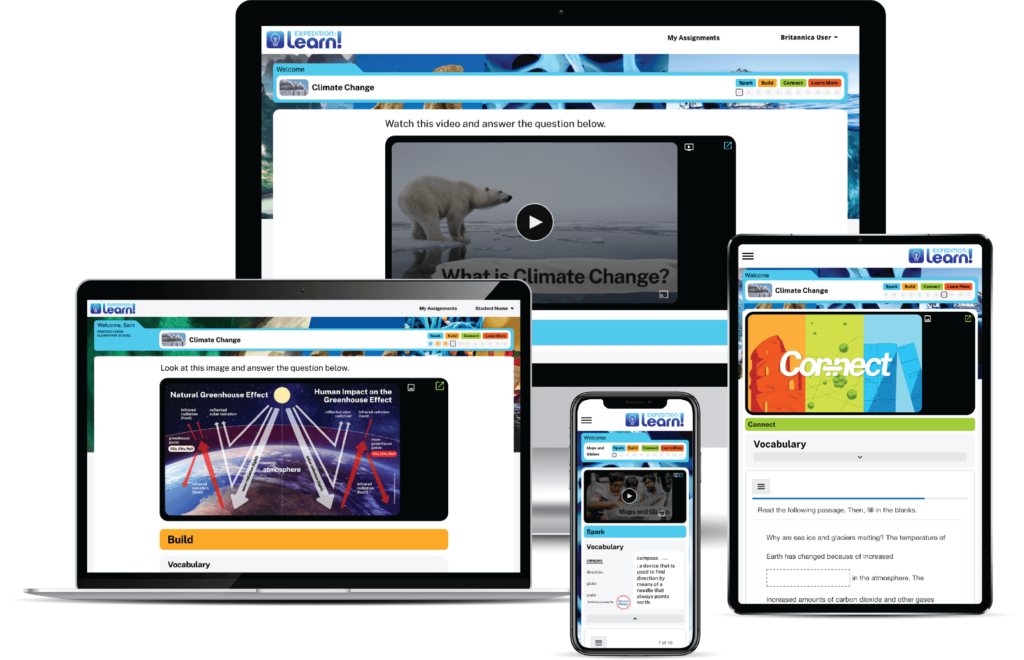
Ignite the spark of curiosity and accelerate learning

For Elementary or High School reading levels, please contact us.